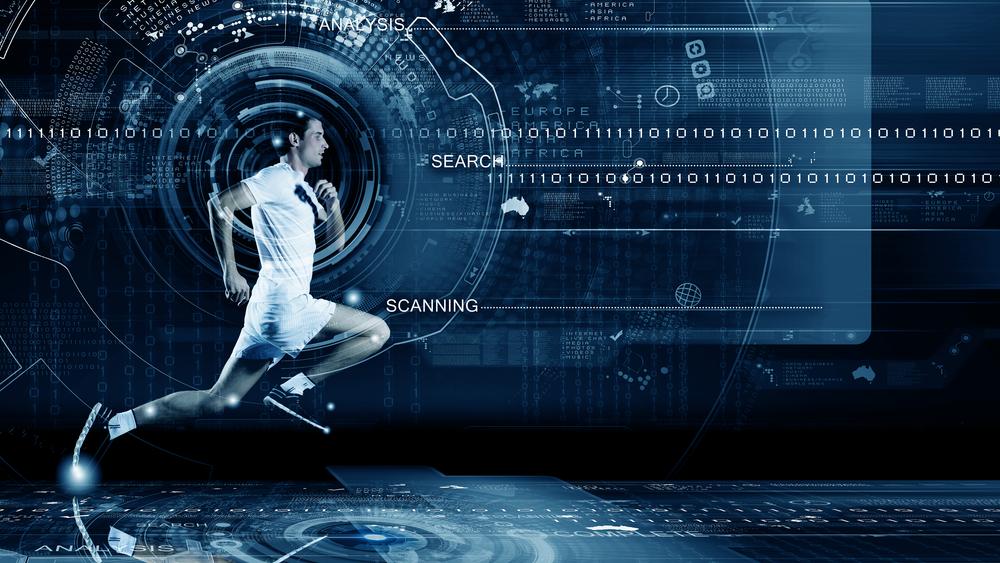My Love Affair with Digital Health
John Nosta professes his love for two words that are changing the world—DIGITAL HEALTH.
John Nosta professes his love for two words that are changing the world—DIGITAL HEALTH.
If you think there’s MU-induced finger-pointing now, just wait until the benefits of Big Data optimization become glaringly apparent, and Interoperability is defined as the essential requirement to make it happen.
Just when providers thought there couldn’t possibly be more added to their plates, it looks like advances in consumer technology may be cooking yet another super-sized meal to digest.

The explosion of digital health, an increase in consumer needs, and changes to the regulatory and reimbursement landscapes are all working together to create new models of care unlike anything we’ve ever seen.
London’s tech entrepreneurship ecosystem has encouraged its business owners to master a set of unique skills. Think Eric Ries’ lean startup approach and the ability to prototype fast and fail cheaply. Or the creation of valuable partnerships, bagging investment and growing at warp speed towards an exit. These lessons made TechCity one of London’s key tech-sector support organisations.
We need the coordinated efforts of out-of-the box thinkers who put consumer needs first—pushing the paradigm shift beyond current practices into the realm of what-might-be-possible if we break the traditional mold into tiny little pieces.

The healthcare challenge: do it well, do it more, and be frugal about it. If there’s any sector in healthcare that’s up to that challenge, it’s the old hat of telemedicine—that’s suddenly sprouting new wings to expand the array of options to provide quality, accessible and affordable care.

Too humble to tout an “I told you so,” this pioneering field proved early-on that there can be better and more efficient ways to deliver care than within the brick-and-mortar confines of the healthcare space.
In the midst of all of the enormous energy dedicated to Health IT innovation, regulation, and implementation, an unfortunate consequence too frequently occurs: patients and providers are lost in the shuffle of user complexity and confusion that often outweighs touted benefits.
Dan Munro waters down some digital health kool-aid.
Momentum for the patient empowerment movement continues to grow, and will escalate as baby boomers and their higher expectations transition into the senior years.
Is the moon just too close? And while it’s just an analogy, this amazing level of technological innovation combined with human drive and necessity just might put us beyond the moon and out beyond the reaches of Mars.
Where are the Hotspots for digital health tech companies in Europe?
This year’s Digital Health Summer Summit explored the most urgent and controversial questions that face the industry today. Here, we provide an overview of the Digital Health Summer Summit 2014, with impressions from our nuviun leaders.
Researchers at Cornell University have reinvented the microphone, and installed one inside a wearable device that can detect body sounds other than spoken words, which can give clues to one’s mood and eating patterns.

Vendor-neutral hubs have achieved a certain level of interoperability between multiple healthcare entities with simplicity and reduced cost.
Marketing is crucial to the digital health revolution. Just how crucial is it?
In the midst of the struggles that we face with interoperability, efforts that support open API use may well hold the keys to the HIT Kingdom.

With the recent announcements of three collaborative initiatives, we may see MU plant some meaningful roots that could both advance interoperability and empower patients as they deserve.
To say that one has state-of-the-art healthcare not found anywhere else in the world, while handing over a clipboard of admission paperwork to fill out just isn’t going to cut it.